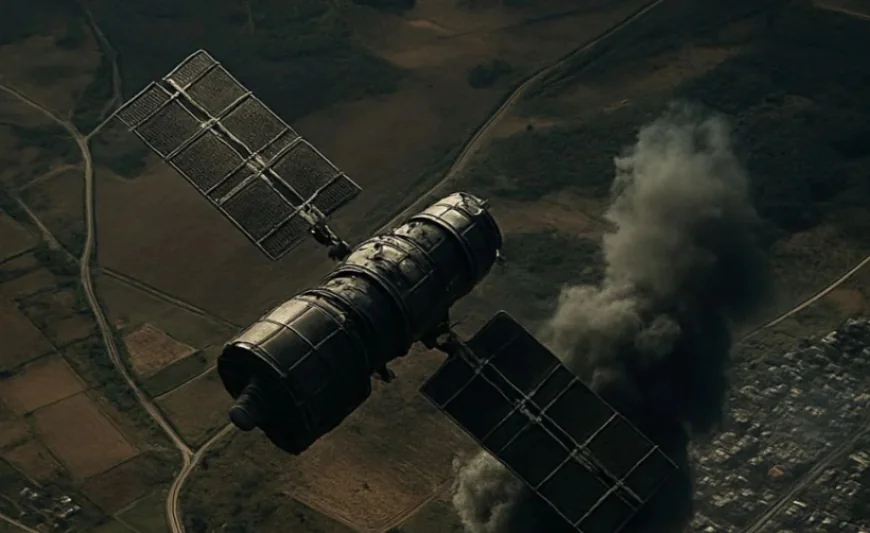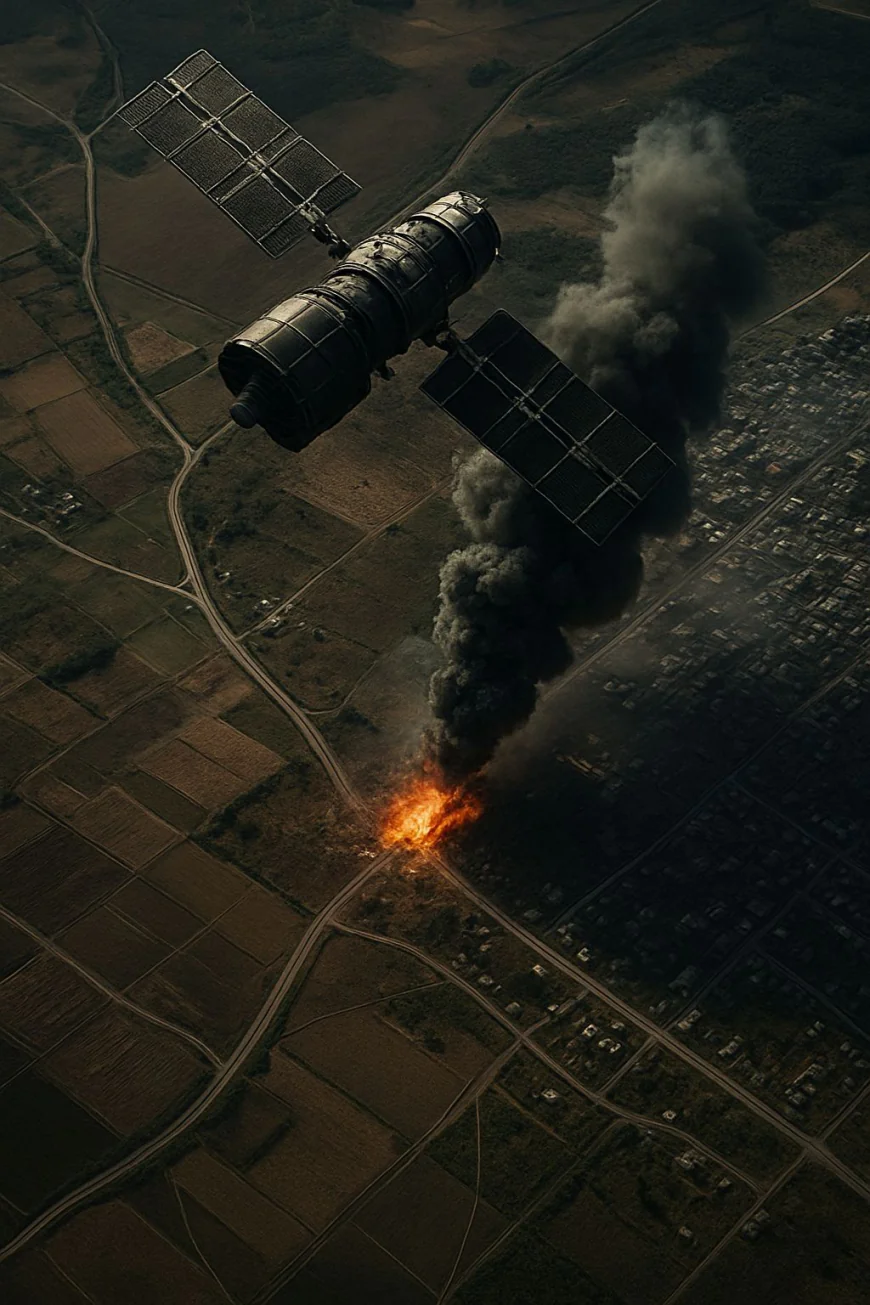The Future of Defense Won’t Just Be Weapons. It’ll Be Words.
In 2023, an AI system deployed in Djibouti analyzed communication patterns and flagged a 91% probability of an imminent military threat. The target? Convoy movement coordination. But Staff Sergeant Maria Rodriguez, fluent in the local dialect, noticed the term referred not to military convoys—but wedding processions. This near-miss exposes the urgent need for human verification in defense intelligence and the rising stakes of semantic warfare in the age of AI.

The Future of Defense Won't Just Be Weapons. It'll Be Words.
Camp Lemonnier, Djibouti. 2023.
The briefing room fell silent as the intelligence officer read the assessment:
"High probability of coordinated attack on allied convoy routes. Recommend immediate force protection measures."
The AI had analyzed thousands of intercepted communications, social media posts, and movement patterns. Confidence level: 91%.
Convoy schedules were altered. Patrols were rerouted. Air support was repositioned.
But Staff Sergeant Maria Rodriguez, a native Spanish speaker, noticed something in the raw intercepts that the AI had missed.
The word "convoy" appeared frequently, yes. But in context, it wasn't military convoys.
It was wedding convoys - a local term for ceremonial processions.
The AI had been trained on English military terminology. It flagged "convoy movement coordination" without understanding cultural context.
What looked like attack planning was actually families organizing traditional wedding celebrations.
No shots fired. No casualties. But resources meant for actual threats were chasing wedding parties.
The cost? More than wasted fuel and overtime.
Every false positive erodes trust. Every misinterpretation creates hesitation when real threats emerge.
Rodriguez's insight didn't come from better algorithms. It came from human verification of machine analysis.
The future of defense isn't just kinetic. It's cognitive.
When adversaries weaponize information, when deepfakes can trigger international incidents, when AI can misread cultural context as military threat - the battlefield becomes semantic.
You need weapons that can shoot.
But first, you need intelligence that can read.
Because the most dangerous enemy isn't the one you can't see.
It's the one your AI thinks it sees, but doesn't.



